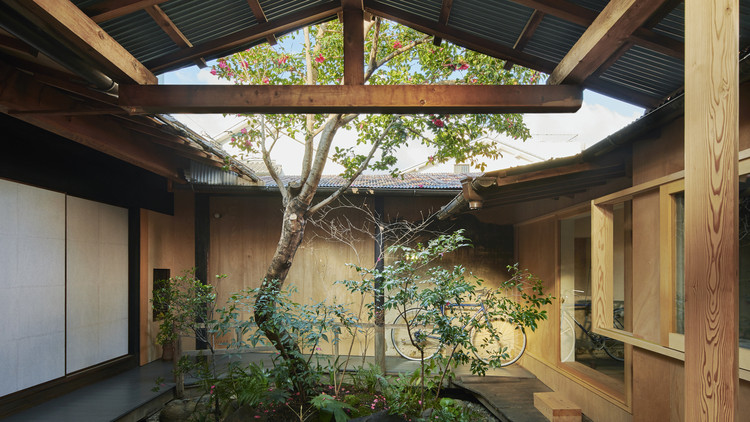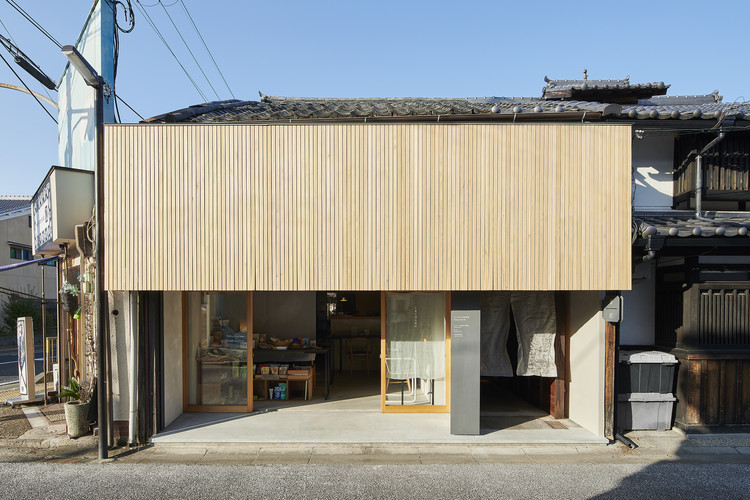
-
Architects: Hitotomori Architects
- Area: 250 m²
- Year: 2019
-
Photographs:Hiroki Kawata
-
Manufacturers: NEW LIGHT POTTERY, Sonihouse, fabricscape

Hitotomori Head Office in Nara is our workplace - Hitototmori aims to provide not only architectural design but also “design for living” which includes ideas for a healthy life through the enrichment of interpersonal relationships and eating habits. We have restored a 140-year-old traditional Edo Period home in the city of Nara where people, ancient forests, and urban areas all coexist in one historically rich environment. The redesigned Hitotomori space functions as a design office, guesthouse, and cafe and is our primary working location.















































